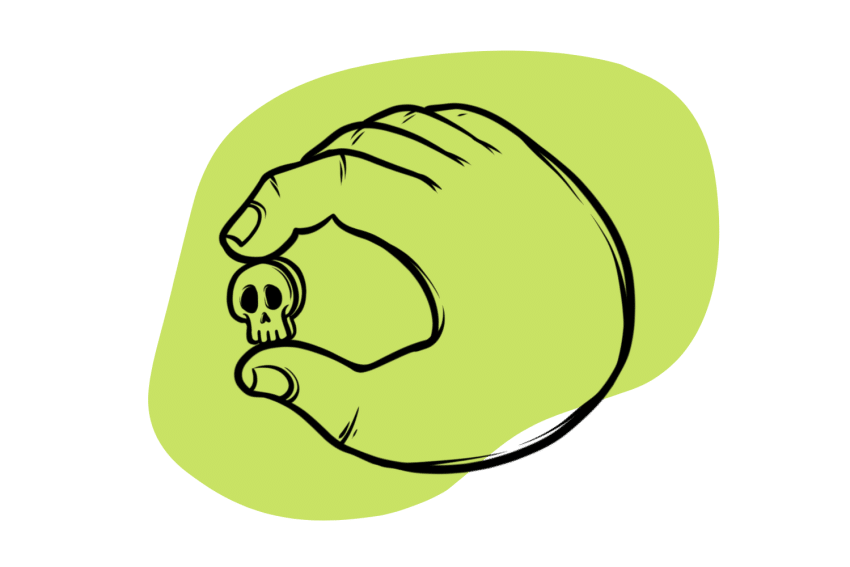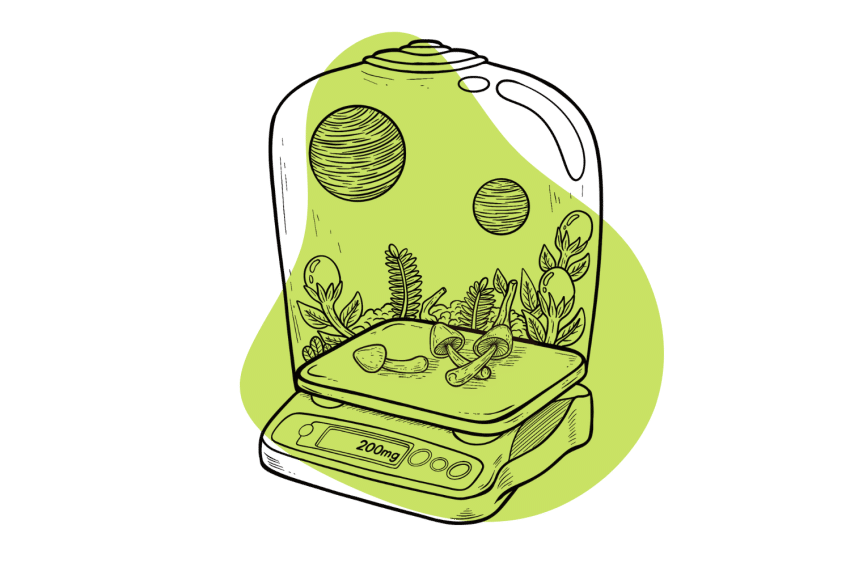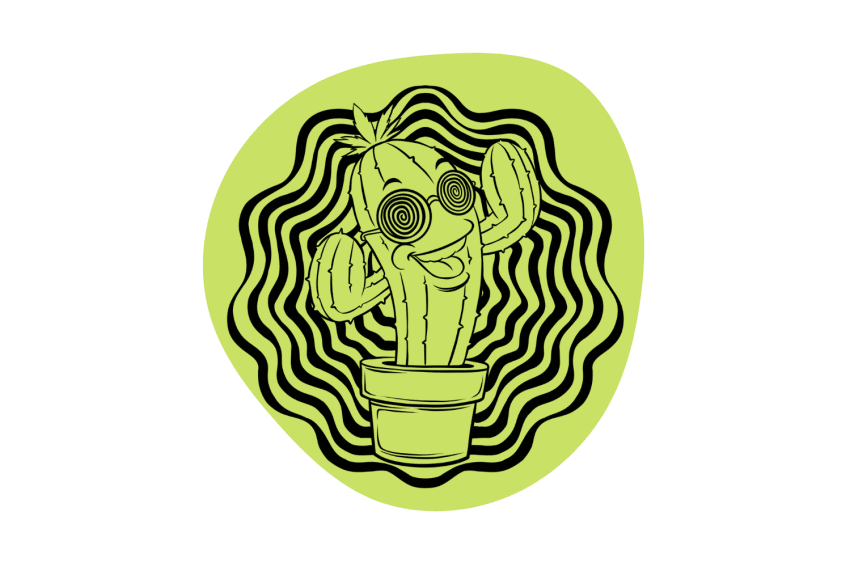Beyond the Hype: Challenging the Effectiveness of Microdosing Schedules
Microdosing is more popular than ever — but are microdosing schedules needed? Keep reading to discover the alternatives to “Stamet’s Stack” & “Fadiman’s Protocol.”
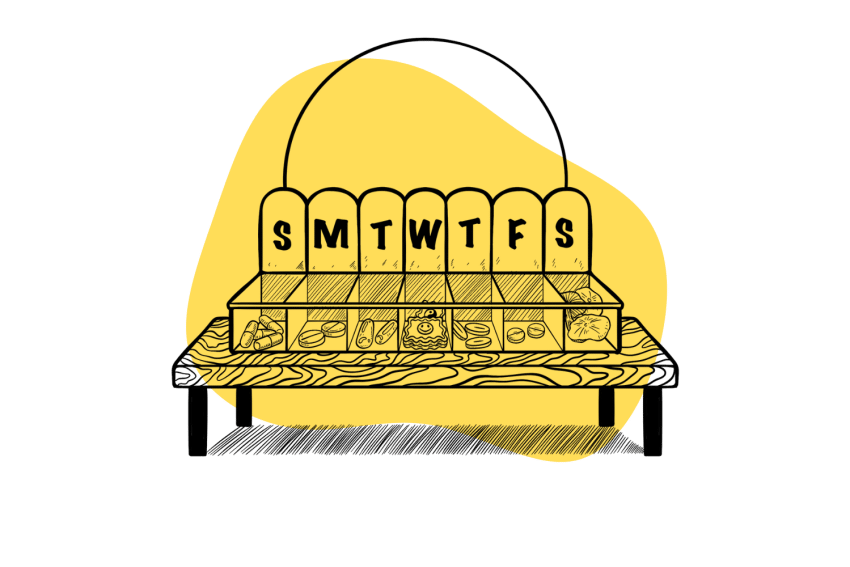
James Fadiman first ignited the microdosing craze with his 2011 book, The Psychedelic Explorer’s Guide.
Before this book, microdosing was largely unknown — though Albert Hofmann first mentioned the practice in a 1976 High Times article.
The process for this involves taking repeated, small doses of a psychedelic drug — typically about 1/10 of the standard dose. While this frequently involves psychedelics, people sometimes use cannabis, kratom, kanna, or other substances as well.
Schedules serve a foundational function for many — some say it helps them remain consistent with their doses; others suggest adopting a schedule makes the microdoses more effective and safer.
Here, I’ll explore 3 of the most common microdose schedules (the Fadiman Protocol, the Stamets Stack, and flex dosing), explain the philosophy behind each of them, and offer steps to get started today.
I’ll also make some arguments both for and against the use of schedules. While there’s nothing inherently wrong with attempting to optimize your microdose routine with scheduling — there’s lots of evidence this isn’t completely necessary either.
What is a Microdosing Schedule?
A microdose schedule is a predefined regimen for taking small, functional doses of psychedelics. An example of a microdosing schedule would be to take one dose on Monday, then take a break for two days, then take another dose on Thursday, then take a break for two days, and rinse-repeat.
Schedules enable individuals to measure functional changes over time and help users prevent the inevitable tolerance formation that makes psychedelics stop working after just one or two doses.
People disagree on the best schedule to hold, but there are two major recommendations for newcomers.
These are the “Stamets stack” and “Fadiman protocol,” named after their iconic creators.
These pioneering psychonauts recommended:
- Stamets — Microdose for four days followed by three days off
- Fadiman — Microdose every third day [1]
Some microdosers swear by one option, while others switch it up all the time. The right schedule will fit into your life and make an impact where you need it most.
The Fadiman Protocol
Fadiman suggested 10 μg of LSD every third day to best measure the effects. This consisted of a dose day on day 1, the “afterglow day” following, and a day of rest and further tolerance reset.
Another suggestion was to only follow the schedule for 4-8 weeks, then adjust according to the reactions of their body and emotional state.

His purpose for this schedule was to help users track the difference between microdosing days and days without. Following the massive popularity of his book and the rise of microdosing, Fadiman ran a study on users following his protocol, having them self-report results over 18 months [2].
Along with noting improvements in mood and mental health, the study determined that microdosing was safe for a wide variety of people and situations. Additionally, they showed massive improvement among small groups, such as those with migraines or cluster headaches, traumatic brain injuries, shingles, and menstrual pain.
The Stamets Stack
Stamets Stack is both a schedule and a formula for getting the most out of microdoses of psilocybin. This formula includes Psilocybe cubensis mushrooms mixed with lion’s mane and niacin to promote neuroplasticity and neurogenesis.
Paul Stamets first suggested a schedule of five days on, two days off but later changed this to four days on, three days off.
Neuroplasticity is the capability of neuronal networks to restructure in the brain based on stimuli — both external and internal [3]. Neurogenesis, on the other hand, is the creation of new neurons in the brain by neural stem cells [4].
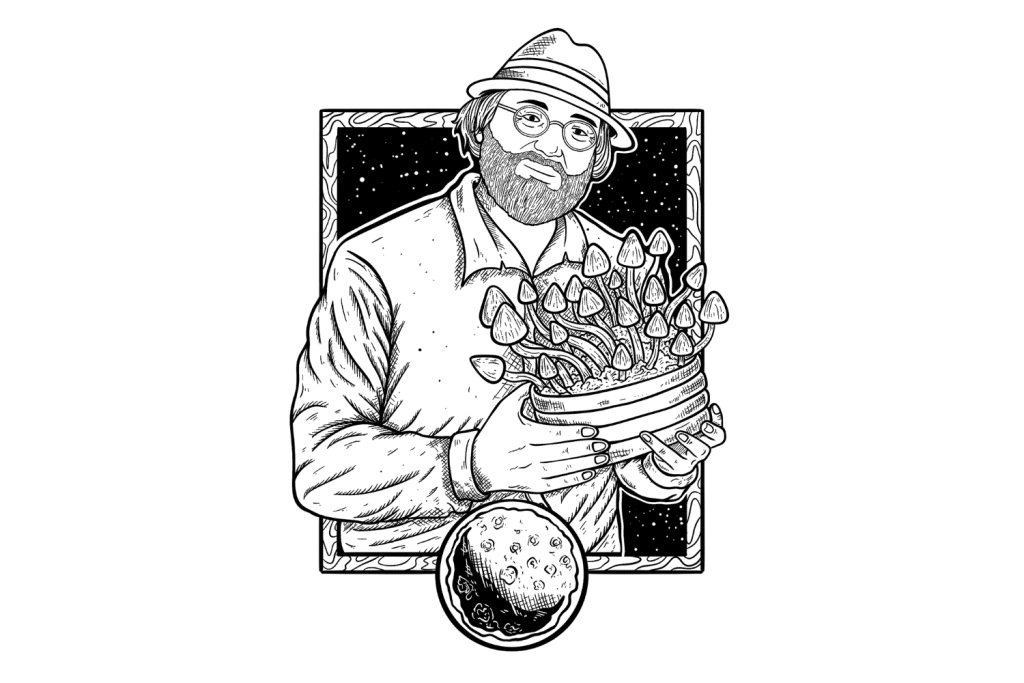
It’s essential during early development but continues throughout your life, though both processes seem to slow with age.
Here’s what each ingredient of the “stack” brings to the table for these end goals:
- Psilocybin — In research conditions, psilocybin and other psychedelics have been shown to induce neuroplasticity. A 2021 study hypothesized psychedelics’ ability to enhance neuroplasticity is the mechanism behind their therapeutic benefits [5].
- Lion’s Mane — Lion’s Mane mushrooms contain the compounds hericenones and erinacines, which have been shown to increase nerve growth [6].
- Niacin — Vitamin B3, or Niacin, produces an uncomfortable flushing effect when taken at the dose Stamets suggests. This is from the effects of the supplement on lowering blood pressure and increasing its flow through vasodilation [7]. Stamets argues this can help your dose move more freely through the bloodstream and brain.
He suggests a dosage of:
- 0.05-0.1 gram dried psilocybin-containing mushrooms
- 400-500 mg dried lions mane
- 25-50 mg niacin
Note: You can combine niacin and lions mane with LSD for similar benefits as well.
Flexible Microdosing (No Schedule)
Flexible microdosing (AKA flex dosing) involves taking microdoses whenever you feel like it. There’s no schedule and no rigid patterns associated with this method.
The benefit of flex dosing is that users can develop a routine or process that works best for them. Other dosing schedules don’t allow for the same level of freedom flex dosing has in terms of both the dose and frequency of using psychedelics. It allows for a more personalized adaptation to individual needs, preferences, and responses, enabling a more tailored and potentially effective approach to using psychedelics.
The first step is to find your sub-threshold dose and change it as needed day-to-day. Normally, somewhere around 10% of a standard dose is a good place to start, but some people prefer a little more or a little less.
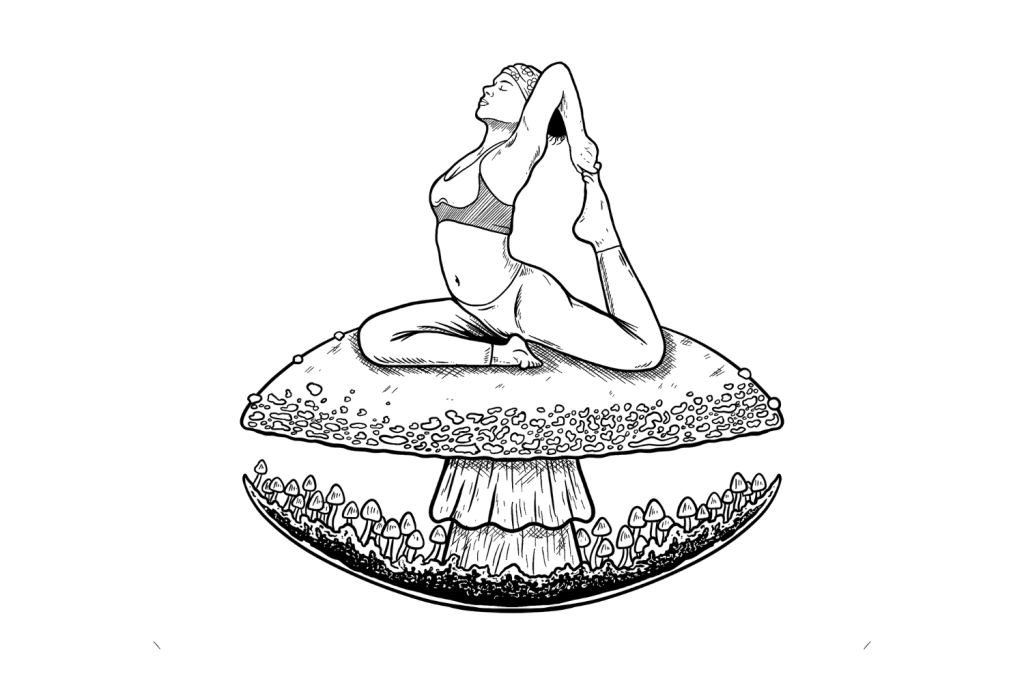
Fadiman first described the sub-threshold dose as being sub-perceptual — but this isn’t exactly true.
He later clarified the correct dosage level is sub-hallucinogenic. You should be able to feel the effects slightly, without the effects of visuals or physical elements of “coming up.”
Stamets describes the threshold dose as the “intoxication dose,” which is far clearer.
Here are some tips for finding the right dose for you:
Determine Your Drug
Do you need a longer duration or a shorter one? Your choice of substance is important. Pick a drug and make sure you are well-educated on its effects. Having multiple substances to choose from can make microdosing even more useful.
- LSD & Other Lysergamides — very long-lasting (up to 10 hours)
- Psilocybin — medium duration (around 5 hours)
- Mescaline — medium duration (4–6 hours)
- 4-AcO-DMT — medium duration (5–6 hours)
Experiment With Different Dose Levels
Your intoxication dose or ‘sweet spot’ won’t be perfect for every day. Experimenting with different dose levels will help you determine which days are better for bigger doses rather than slightly smaller ones.
| Examples of Dosing Schedules | Potential Dosage Recommendation |
| Fadiman’s Protocol: Every third-day | Same dose each day |
| Stamets stack: four days on, three days off | Increase by 5-10% each day |
| Monday, Wednesday, and Friday: Good for workweeks | Same dose each day |
| Every other day | Same dose each day |
| One week off, one week off | Increase by 5-10% each day or 15-20% every two days |
| Weekends only: Saturday and Sunday | Increase by 10-15% for the second day |
| Once a week: for therapy sessions | Same dose each week, possibly higher for certain sessions |
| 5-day workweek on, two days off | Increase by 5-10% each day or 15-20% every two days |
These are just a few examples of different ways to dose. The dosing pattern you choose should be optimized for your life.
If you are dosing for multiple days, there is a gradual build-up of tolerance. Here is a table with estimated dose levels to reach the same level of effect as your first dose over the course of multiple days. Please note these figures are estimates — tolerance formation is different for everybody.
Learn more about tolerance and check out our interactive magic mushroom tolerance calculator and LSD tolerance calculator.
| Day 1 | Day 2 | Day 3 | Day 4 | Day 5 | Day 6 | Day 7 | |
| LSD | 10 μg | 20 μg | 30 μg | 40 μg | 50 μg | 60 μg | 70 μg |
| Psilocybin mushrooms | 100 mg | 150 mg | 250 mg | 500 mg | 750 mg | 1000 mg | 1250 mg |
Start Low, Go Slow
Due to the variation in potency for both LSD tabs and psilocybin mushrooms, it is best to start with 5% of a standard dose. For LSD, this is five micrograms; for psilocybin, it’s 0.05 g of dry mushroom powder.
Without regulation, it’s impossible to know for sure whether a particular dose of illegally-purchased LSD or a particular batch of mushrooms is the same strength as the last. If you’re familiar with microdosing but starting with a new batch of supplies, it’s best to start the adjustment process over.
Slowly titrate this dose up until you feel a slight intoxication — this is your threshold dose, the minimum amount to achieve an intoxicating effect. This may not be the same amount you will use for your microdose.
Find Your Sweet Spot
Your ‘sweet spot’ is the dose with the best effects without any symptoms of ‘come up’ body load or the hallucinogenic effect of the drug. While typically below your threshold amount, it varies from person to person.
From your threshold dose, work your way back down to the right level for your specific needs. If you feel largely positive effects without impairment of your day-to-day activities, this is likely your sweet spot.
The Importance of Volumetric Dosing & Using a Scale When Microdosing
To have the ability to modify your microdose, you need a system of measurement. For most substances, a microdose consists of such a small amount you’ll need sensitive methods to measure it.
The way you measure out your microdose will depend on the drug you are microdosing.
- Magic Mushrooms — If using magic mushrooms, use a milligram scale to measure doses. Note: this amount will be too small to measure accurately on a gram scale, and you should not attempt to use one.
- Magic Mushrooms (Capsules) — If you use capsules, you can create capsules with different weights and use them as needed. I like to have a range of 0.075 to 0.2 grams of dried psilocybin in capsules, making it easy to modify your dose day by day.
- 4-AcO-DMT — This pro-drug to psilocin is potent at low levels (5mg), making it difficult to measure accurately at a microdose level. Instead, use volumetric dosing, dissolving larger amounts of the substance in water and then dosing via a pipette.
- LSD and Other Lysergamides (Blotter) — Blotter doses are often laid unevenly across the tab, making it difficult to dose accurately. Simply divide the potency of your tab (100 μg) by your desired dosage (10 μg) and cut the tab accordingly. Keep in mind this is not a preferred or exact method for measuring these, and you should also volumetrically do so.
- LSD and Other Lysergamides (Volumetric) — Take 100 mL of distilled water and add your LSD tab. Shake occasionally for the next three days, then store the container in a cool, dark place like a fridge. If you add 100 μg of LSD, each milliliter of your water contains one microgram of LSD. You can then use a pipette to dose as you please.
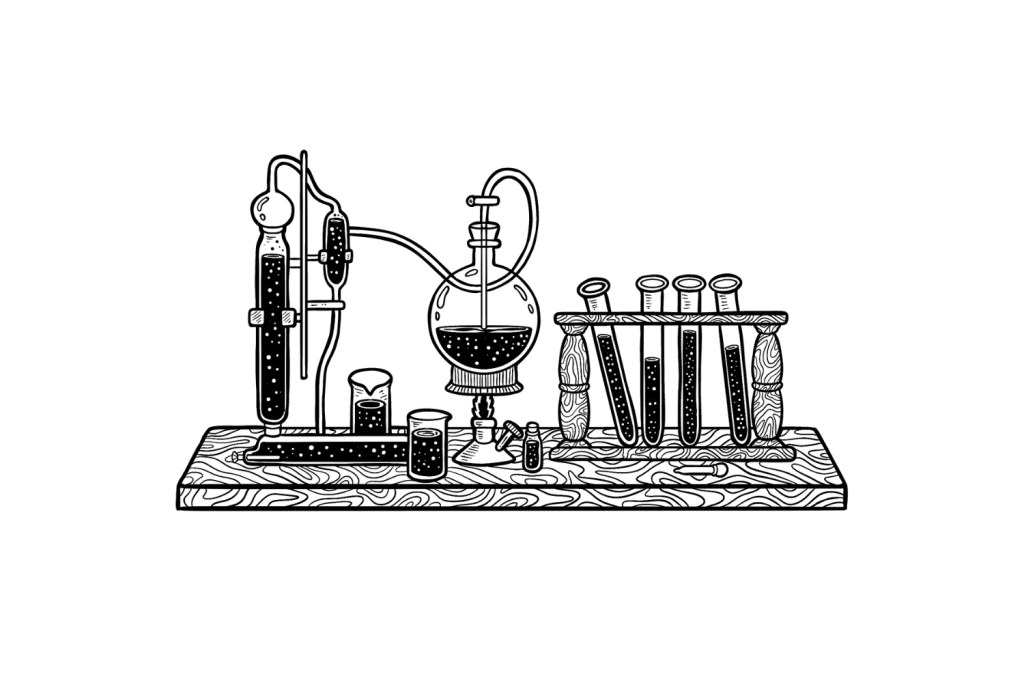
Important Factors For Successfully Microdosing With or Without a Schedule
Your three biggest factors to be aware of are the effects of set, setting, and dose on your experience. This is especially important with large (macro-) doses, but it’s still critically important for successful microdosing too.
Each of these plays a crucial role in determining how efficacious your routine will be.
1. The Importance of Mindset
Psychedelics function as “non-specific amplifiers,” — meaning they enhance emotions in both positive and negative ways. Before microdosing, always take time to evaluate your headspace and ensure you’re in a good spot mentally.
When you microdose on a day full of positivity, you may find improved interactions with others and a brightened mood. On a bad day, microdosing can exacerbate stress and anxiety, causing thought loops, anxiety attacks, or awkward interactions.
One way to assess whether you should take your microdose is to keep a journal to evaluate your mental state day-to-day.
Some prompts to help you with this include:
- Is there anything I’m having trouble moving past today? How can I take one step forward?
- Are there any feelings I’m trying to avoid? What’s my concern with facing them?
- Am I feeling anxious or overwhelmed today, and how can I move through it?
Our emotions often hide from our immediate consciousness, and we have to tease them out to understand how we truly feel. Journaling can assist with this — meditation, yoga, and exercise are all also great options.
2. The Importance of Setting
Often when we discuss mental health, we don’t acknowledge the environment surrounding the illness. Your microdosing experience is directly influenced by the environment you choose — both your physical space and the people around you.
If you microdose in an unfavorable environment, the outcomes will likely match. If you find yourself overwhelmed at work or dealing with a narcissistic boss, microdosing may aggravate the situation rather than help.
As a non-specific amplifier, microdosing helps you notice parts of your environment you would otherwise ignore. In a recent survey looking back over the journal entries of participants during a largely successful 2014 study on psilocybin’s effects on smoking cessation [8], this need became clearer than ever.
They found successful cases largely correlated with a person’s ability to shift their mindset from being a smoker to a non-smoker. Furthermore, they could trace the experiences of participants reported shortly after their experience to the therapeutic sessions beforehand [9].
In other words, it was the events and experiences surrounding the dose which made the dose so effective. While this is an example of a good relationship between the two, it’s also just as likely to develop into an unhealthy one.
How Long Should I Wait Between Microdoses?
The reason we can’t take psychedelics, even in small doses, every day nonstop is because of something called tolerance. The more often we take a substance, the less of an impact it has on the body. With tryptamines, tolerance forms very quickly [10] but also leaves quickly through abstinence from the drug.
One study found only 3–4 days of placebo were necessary for LSD to be effective again, even after three straight days of ~100 μg per day to establish full tolerance [11].
Even microdoses were found to contribute towards tolerance formation — albeit much more slowly [12].
In general, the higher the dose of psychedelics, the longer you’ll need to take off for tolerance to reset.
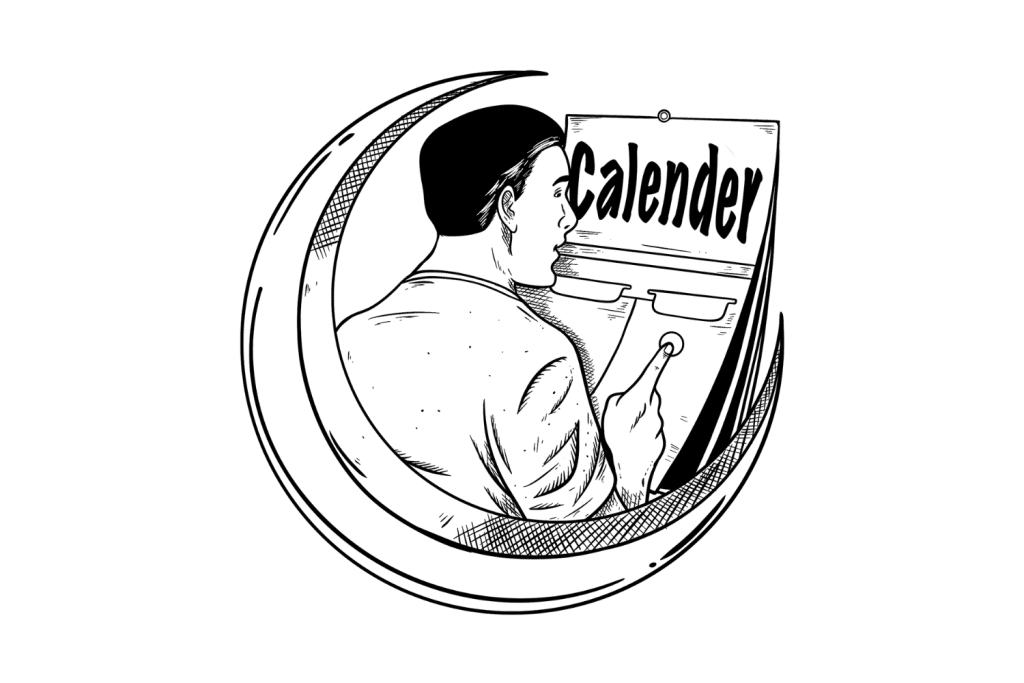
Suppose you took 0.1 g mushrooms for two consecutive days but desired a comparable effect on the third day. You may need to take 0.15 g to produce a similar effect to your first 0.1 g dose. If you increase your dose size on consecutive days, it is still important to take rest days.
Microdoses do not create as immediate tolerance due to the smaller size, but your tolerance may build over time. “Off days” are something you should take on at least 2 or 3 of every week — less is more is the theme of microdosing.
Having access to a range of dose sizes is essential for flexible microdosing. My go-to method for determining my daily dose is what I call the “microdosing golden rule:”
The larger the dose, the more emotions rise to the surface.
What Are the Risks of Microdosing?
Never microdose stimulants or empathogens, as these can cause long-term harm. A 2014 study demonstrated regular use of amphetamines (such as MDMA) dysregulated reward centers in the brain [13].
Microdosing stimulants is a dangerous practice and can cause long-term changes to brain chemistry. However, other common microdosing practices seem to have little risk — though tragically underresearched.
While generally considered a safe practice, there are some common concerns to look out for.
A 2019 study surveyed microdosers and found the most commonly reported challenges were [14]:
- Illegality — 29.5%
- Physiological discomfort — 18%
- Other — 10.6 %
- Impaired Focus — 8.8%
- Impaired Energy — 7.2%
- Impaired mood — 6.9%
- Increased Anxiety — 6.7%
- Increased Symptoms — 6.2%
- Social Interference — 2.6%
- Cognitive Interference — 2.3%
- Self Interference — 1.2%
The most commonly reported side effects are headaches, cognitive issues, uncomfortable stimulation, and physical discomfort, such as nausea.
In addition to these risks, Fadiman’s Microdosing Institute has reports of red-green colorblind men experiencing tracers on microdoses. These are visual effects characterized by moving objects with visual trails.
Another small risk factor is tinnitus — Fadiman believes microdosing can worsen this condition for some. While some theorize heart complications might come from microdosing, it is purely hypothetical at this time.
Criticism of the Microdosing Schedule
Fitting a rigorous schedule into an already busy life doesn’t work for everyone, nor is it always the best option. Without a schedule, participants are free to explore the benefits of microdosing on an as-needed basis.
Even James Fadiman spoke to the ridiculousness of telling a group of people to take the same dose on the exact same days. People are different, and their bodies react differently to microdosing.
Still, before going rogue with your microdosing routine, you’ll need to gain insight into how different substances and dosages affect you. The only way to accomplish this is through experience and patience with a steady schedule for a time before breaking free of it.
What if Microdosing Schedules Don’t Work For Me?
When I microdosed regularly, none of the common microdose schedules were quite right for me. I started dosing on Mondays, Wednesdays, and Fridays and found it was great for productivity during an M-F workweek.
With this schedule, I had no issues with tolerance and used both psilocybin and LSD (lysergic acid diethylamide). Since I had experience with both substances regularly, I could build out the perfect schedule for my needs.
Fadiman’s Protocol and Stamet’s Stacks are suggestions — a good place to start. They aren’t a rigorous routine you need to follow. After you get a feel for microdosing and how it affects you, consider establishing a routine that works best for your body and your routine individually.
Making Microdoses Work For You
We still know very little about microdosing, but we do believe it is a rather safe practice. Studies have shown microdosing to be safe for elderly volunteers at doses from 5-20 μg and theorizes it may aid in the treatment of Alzheimer’s disease [15].
No one knows the dose size or schedule best for each person; you must first understand how your body responds to different dose levels. Schedule or not, make microdosing work for you rather than try to fit a rigid schedule into an already busy life.
Threshold doses and below can be incredibly useful — even if you aren’t interested in microdosing consistently.
Microdosing is a tool, not a magical medication you take every couple of days to feel better. With the use of different dose sizes, a flexible dosage schedule, and an understanding of your body and mind, you can more effectively use microdosing to improve your life.
References:
- Fadiman, J. (2011). The Psychedelic Explorer’s Guide: Safe, Therapeutic, and Sacred Journeys (Illustrated edition). Park Street Press.
- Might Microdosing Psychedelics Be Safe and Beneficial? An Initial Exploration: Journal of Psychoactive Drugs: Vol 51, No 2. (n.d.). Retrieved May 16, 2023, from https://www.tandfonline.com/doi/abs/10.1080/02791072.2019.1593561
- Kays, J. L., Hurley, R. A., & Taber, K. H. (2012). The Dynamic Brain: Neuroplasticity and Mental Health. The Journal of Neuropsychiatry and Clinical Neurosciences, 24(2), 118–124. https://doi.org/10.1176/appi.neuropsych.12050109
- Kumar, A., Pareek, V., Faiq, M. A., Ghosh, S. K., & Kumari, C. (2019). Adult Neurogenesis in Humans: A Review of Basic Concepts, History, Current Research, and Clinical Implications. Innovations in Clinical Neuroscience, 16(5–6), 30–37. https://www.ncbi.nlm.nih.gov/pmc/articles/PMC6659986/
- de Vos, C. M. H., Mason, N. L., & Kuypers, K. P. C. (2021). Psychedelics and Neuroplasticity: A Systematic Review Unraveling the Biological Underpinnings of Psychedelics. Frontiers in Psychiatry, 12, 724606. https://doi.org/10.3389/fpsyt.2021.724606
- Lai, P.-L., Naidu, M., Sabaratnam, V., Wong, K.-H., David, R. P., Kuppusamy, U. R., Abdullah, N., & Malek, S. N. A. (2013). Neurotrophic properties of the lion’s mane medicinal mushroom, Hericium erinaceus (Higher Basidiomycetes) from Malaysia. International Journal of Medicinal Mushrooms, 15(6), 539–554. https://doi.org/10.1615/intjmedmushr.v15.i6.30
- Bays, H. E., & Rader, D. J. (2009). Does nicotinic acid (niacin) lower blood pressure? International Journal of Clinical Practice, 63(1), 151. https://doi.org/10.1111/j.1742-1241.2008.01934.x
- Schneier, F. R., Feusner, J., Wheaton, M. G., Gomez, G. J., Cornejo, G., Naraindas, A. M., & Hellerstein, D. J. (2023). Pilot study of single-dose psilocybin for serotonin reuptake inhibitor-resistant body dysmorphic disorder. Journal of Psychiatric Research, 161, 364–370. https://doi.org/10.1016/j.jpsychires.2023.03.031
- Devenot, N., Seale-Feldman, A., Smith, E., Noorani, T., Garcia-Romeu, A., & Johnson, M. W. (2022). Psychedelic Identity Shift: A Critical Approach to Set And Setting. Kennedy Institute of Ethics Journal, 32(4), 359–399. https://doi.org/10.1353/ken.2022.0022
- Passie, T., Halpern, J. H., Stichtenoth, D. O., Emrich, H. M., & Hintzen, A. (2008). The Pharmacology of Lysergic Acid Diethylamide: A Review. CNS Neuroscience & Therapeutics, 14(4), 295–314. https://doi.org/10.1111/j.1755-5949.2008.00059.x
- Belleville, R. E., Fraser, H. F., Isbell, H., Logan, C. R., & Wikler, A. (1956). Studies on lysergic acid diethylamide (LSD-25). I. Effects in former morphine addicts and development of tolerance during chronic intoxication. AMA Archives of Neurology and Psychiatry, 76(5), 468–478.
- Baumann, S., Carhart-Harris, R., Nutt, D., Erritzoe, D., & Szigeti, B. (2022). Evidence for tolerance in psychedelic microdosing from the self-blinding microdose trial. PsyArXiv. https://doi.org/10.31234/osf.io/s4qhf
- Amphetamine Sensitization Alters Reward Processing in the Human Striatum and Amygdala | PLOS ONE. (n.d.). Retrieved May 16, 2023, from https://journals.plos.org/plosone/article?id=10.1371/journal.pone.0093955
- Anderson, T., Petranker, R., Christopher, A., Rosenbaum, D., Weissman, C., Dinh-Williams, L.-A., Hui, K., & Hapke, E. (2019). Psychedelic microdosing benefits and challenges: An empirical codebook. Harm Reduction Journal, 16(1), 43. https://doi.org/10.1186/s12954-019-0308-4
- Family, N., Maillet, E. L., Williams, L. T. J., Krediet, E., Carhart-Harris, R. L., Williams, T. M., Nichols, C. D., Goble, D. J., & Raz, S. (2020). Safety, tolerability, pharmacokinetics, and pharmacodynamics of low dose lysergic acid diethylamide (LSD) in healthy older volunteers. Psychopharmacology, 237(3), 841–853. https://doi.org/10.1007/s00213-019-05417-7


